
The Hidden Dan.ger in Your Lipstick: What You Need to Know About Cadmium Contamination
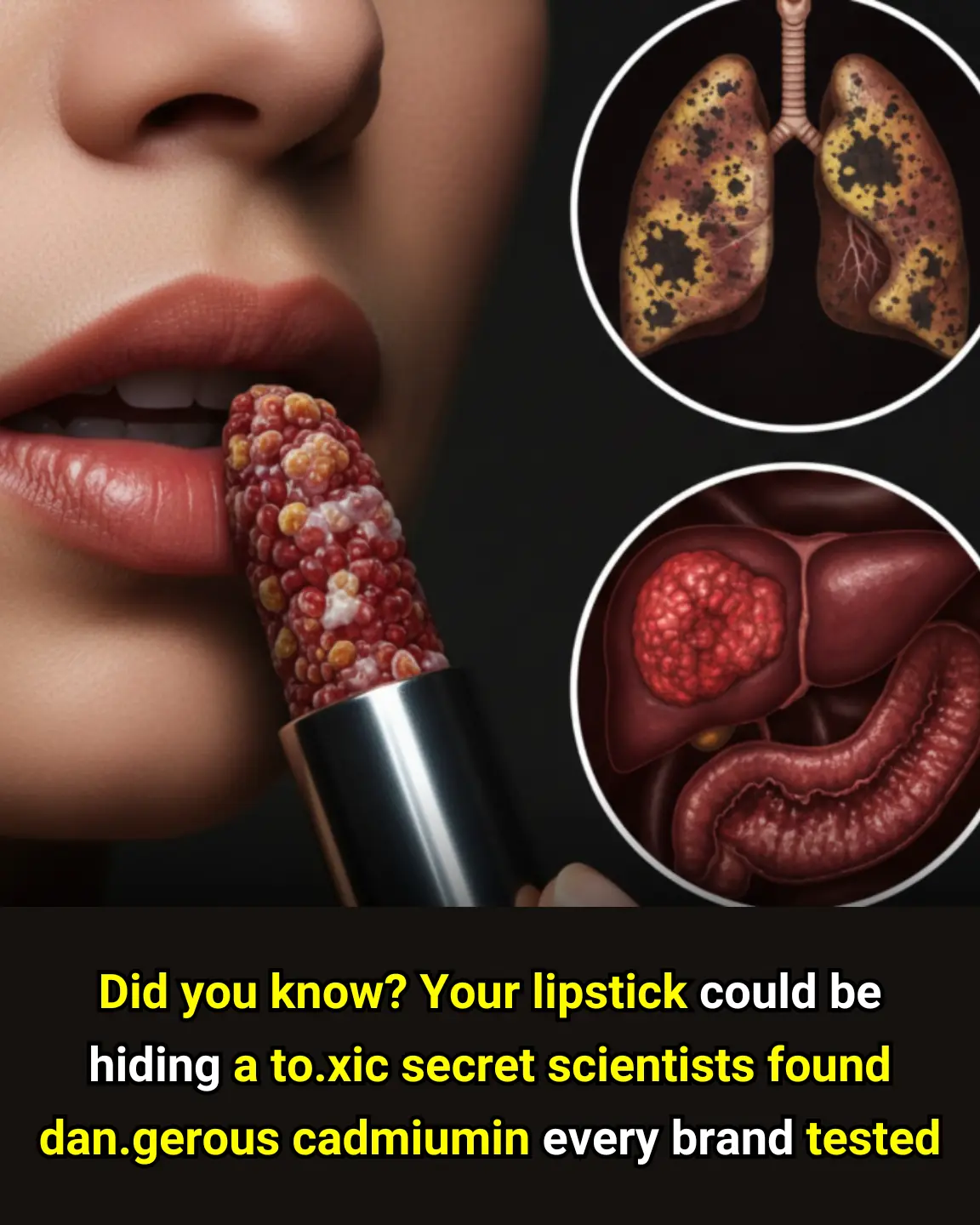
Lipstick is more than just a cosmetic product - for millions around the world, it’s a symbol of confidence, beauty, and self-expression. From subtle nude tones to bold reds, we wear it almost every day without a second thought. But what if something hiding inside your favorite lipstick could slowly harm your body over time?
Recent studies have raised alarming questions about toxic heavy metals in cosmetic products, particularly cadmium - a dangerous element linked to organ damage and cancer. The findings have shaken the beauty industry and prompted consumers to take a closer look at what they’re actually putting on their lips.
1. What Exactly Is Cadmium?
Cadmium is a heavy metal naturally found in the Earth’s crust. While it’s used in various industrial applications - like batteries, paints, and plastics - it has no place in the human body.
It’s classified by the World Health Organization (WHO) and the U.S. Environmental Protection Agency (EPA) as a carcinogen, meaning it has the potential to cause cancer with prolonged exposure.
So, how does such a harmful metal end up in your makeup bag? The answer lies in contaminated raw materials and lack of strict regulation in cosmetic manufacturing. Trace amounts of cadmium can enter color pigments used in lipsticks, blushes, and eyeshadows, especially those with red, orange, or pink tones derived from mineral-based ingredients.
2. The Research Findings: Every Sample Contained Cadmium
A recent laboratory analysis conducted by toxicologists revealed something shocking - cadmium was present in all lipstick samples tested, regardless of price or brand.
While some samples contained only trace amounts, others exceeded safe limits set by health authorities. Over time, these small doses can accumulate in the body, particularly in organs such as the kidneys, liver, and bones.
Since lipstick is applied directly to the lips - where it can be accidentally ingested during eating, drinking, or even licking your lips — exposure becomes an everyday risk without most users even realizing it.
3. The Health Risks of Cadmium Exposure
Cadmium isn’t something your body can easily get rid of. Once absorbed, it stays for years, silently building up and damaging cells. The most concerning health effects include:
-
Kidney damage: Cadmium targets the kidneys, impairing their ability to filter waste and maintain mineral balance.
-
Liver toxicity: It interferes with liver enzymes, slowing detoxification processes.
-
Bone weakening: Long-term exposure can cause calcium loss and brittle bones.
-
Reproductive harm: Some studies suggest cadmium may affect hormone balance and fertility.
-
Cancer risk: Chronic exposure is linked to lung, breast, and endometrial cancers.
The scary part? Symptoms often appear only after years of continuous exposure - long after the damage has started.
4. Why Lipstick Is a Unique Risk
Unlike other cosmetics, lipstick is applied on the mouth, meaning you’re far more likely to ingest its ingredients. According to some estimates, an average lipstick wearer could ingest up to 2 kilograms of lipstick in a lifetime.
That means even trace amounts of heavy metals can add up significantly over time. Daily reapplication, combined with the cumulative nature of cadmium, makes lipstick one of the most concerning sources of exposure among personal care products.
And while regulations in some regions (like the EU and Canada) have strict limits for heavy metals, other markets - including many parts of Asia - lack uniform standards or consistent testing.
5. How Cadmium Ends Up in Lipstick
Cadmium doesn’t appear in ingredient lists because it’s not intentionally added - it sneaks in as a contaminant. Common sources include:
-
Impure mineral colorants used in pigments.
-
Metal equipment during production or packaging.
-
Environmental contamination in raw material sources.
Cheaper or counterfeit cosmetics are particularly risky since they may use low-quality pigments and skip safety testing altogether. But even premium brands have been found to contain measurable levels of heavy metals, proving that price alone isn’t a guarantee of safety.
6. What Experts Say
Toxicologists and dermatologists agree that the discovery calls for stricter safety standards and better transparency in the cosmetics industry.
Dr. Andrea Young, a cosmetic toxicologist, notes:
“Even if the levels found are small, the problem is accumulation. These metals don’t leave the body easily, so consistent exposure over years can lead to serious health issues.”
Public health experts urge brands to test pigments for heavy metals, provide clearer labeling, and develop safer alternatives that meet both beauty and health expectations.

7. How to Protect Yourself
While you don’t have to toss out your entire makeup collection, it’s worth becoming a more mindful consumer. Here are a few smart moves to reduce your risk:
1. Choose Trusted Brands
Stick to reputable companies that perform independent lab testing and clearly state their commitment to non-toxic formulations.
Look for certifications such as:
-
EWG Verified
-
Made Safe
-
USDA Organic
-
EcoCert
These labels often indicate products tested for heavy metal contamination.
2. Avoid Cheap or Counterfeit Cosmetics
If a lipstick is suspiciously cheap or sold through unofficial online stores, skip it. Counterfeit beauty products are one of the biggest sources of unsafe heavy metals.
3. Go for Natural or Plant-Based Pigments
Some brands now use botanical colorants derived from beetroot, berries, or annatto seeds instead of metal-based minerals. These natural pigments may fade faster, but they’re far safer.
4. Don’t Overapply
Less is more. Avoid excessive reapplication throughout the day, and remove makeup thoroughly before sleeping.
5. Detox Your Routine
Alternate between days with and without lipstick. Allow your lips to breathe, hydrate with natural balms, and occasionally exfoliate using safe, gentle scrubs.
8. A Wake-Up Call for the Beauty Industry
The presence of cadmium in everyday lipsticks serves as a wake-up call for both manufacturers and consumers. As awareness grows, brands are being pushed toward clean beauty standards - prioritizing ingredient transparency, ethical sourcing, and independent safety testing.
Consumers today are more informed and health-conscious than ever. The demand for toxin-free cosmetics is reshaping the market, inspiring innovation in safe pigments and eco-friendly formulas. But progress must continue - because beauty should never come at the cost of long-term health.
9. Final Thoughts: Beauty Should Empower, Not Endanger
Makeup has always been about confidence, creativity, and self-expression. But true beauty also means being kind to yourself - inside and out.
The discovery of cadmium in lipsticks isn’t meant to spread fear, but to spark awareness. It’s a reminder that every swipe matters - and being conscious about what you put on your skin is an act of self-care.
So next time you shop for lipstick, look beyond the shade. Check the brand’s values, certifications, and ingredient transparency. Choose formulas that empower, not endanger.
Because the best kind of beauty is the one that lets you shine - safely, confidently, and authentically. 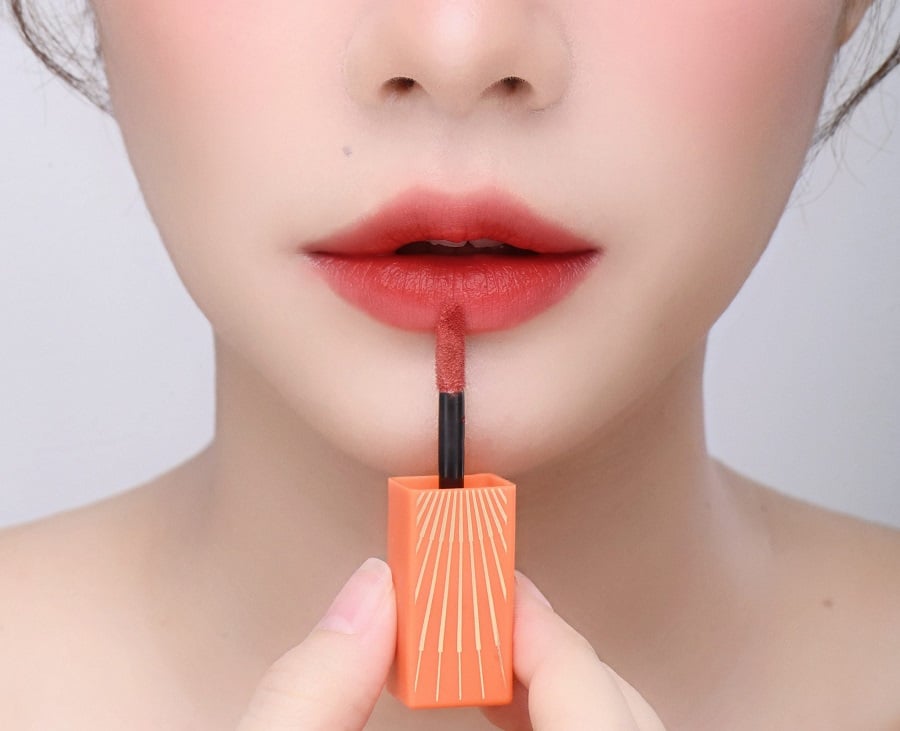
News in the same category


Pokeweed (Phytolacca americana): The Beautiful but Dan.gerous Plant You Should Avoid

She Ignored These 5 Symptoms — Now She’s Battling Stage 4 Colon Can.cer
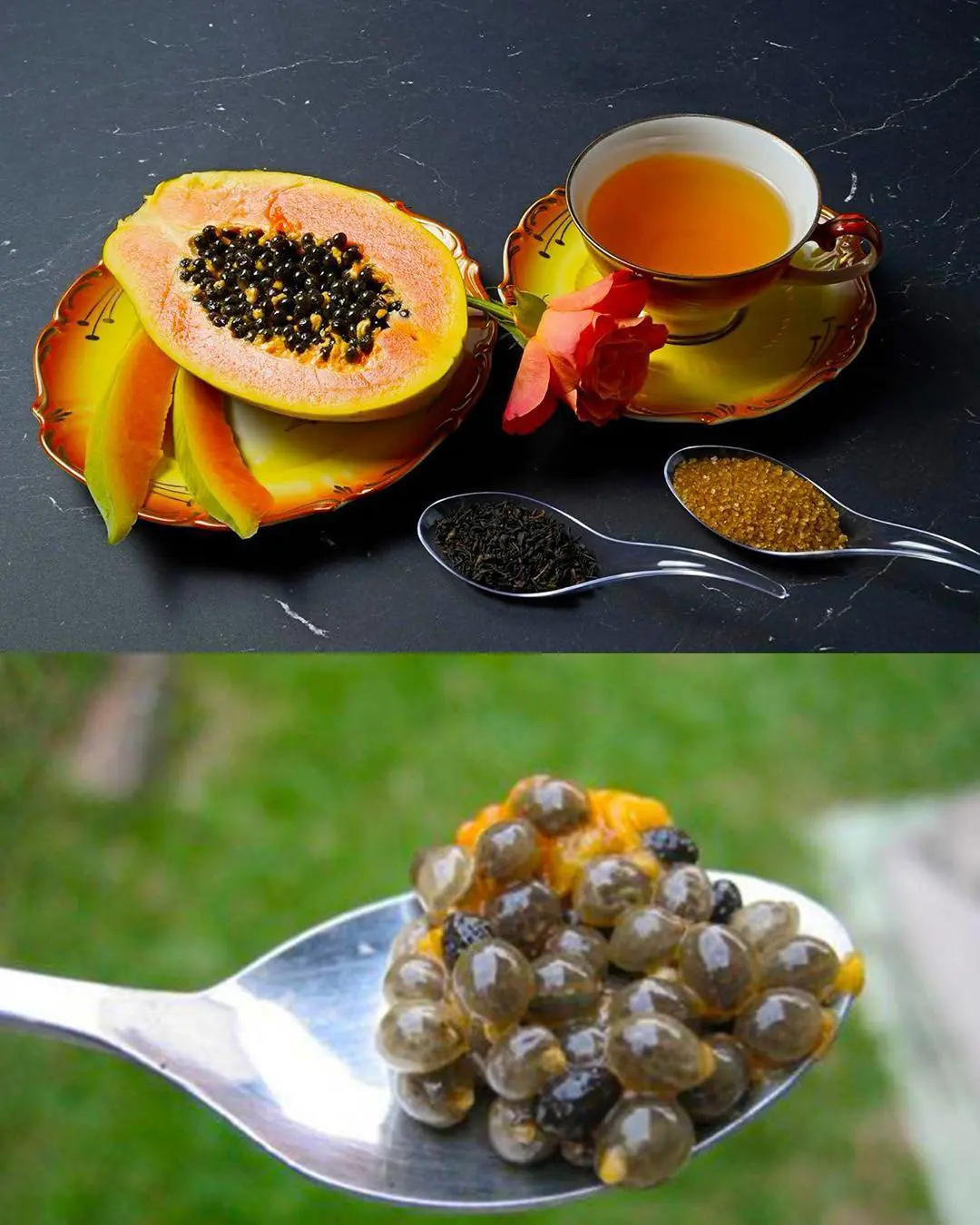
Don’t Throw Them Away - The Incredible Health Perks of Papaya Seeds You Need to Know

5 Signs of Appendicitis You Should Not Ignore

What You Need to Know About Vitamins and Supplements for Heart Health

Nothing ki:lls faster than your own mind. Don’t stress about things that are not under your control
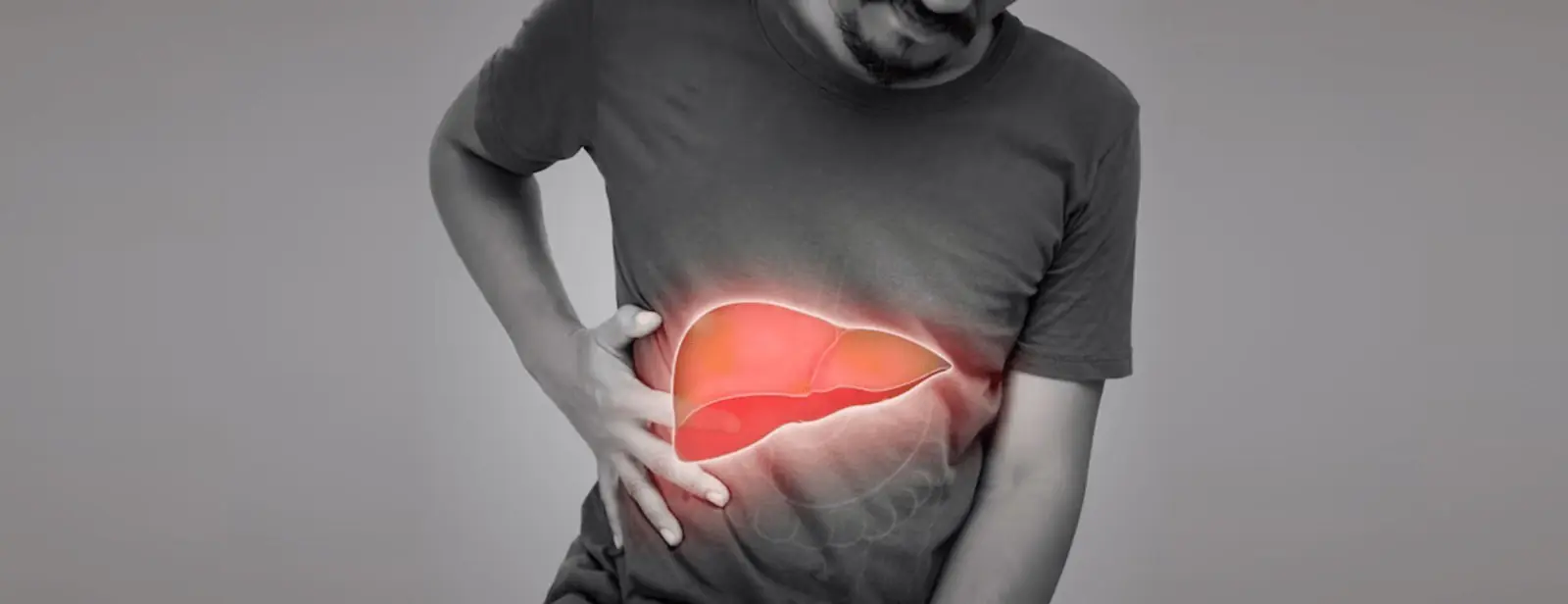
5 Common Causes That Can Increase Your Risk of Liv.er Disease

4 Early Warning Signs of a Stroke That Occur 15 Minutes Before It Happens

Dentist-Approved: The Right Way to Eat Fruit to Prevent Cavities
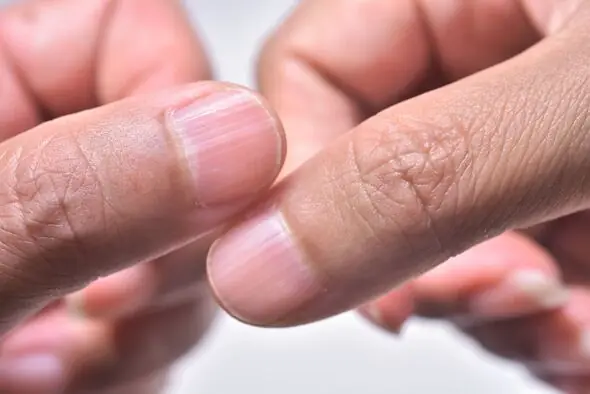
Observe Your Nails to Detect Health Issues

5 Morning Habits That Silently Dam.age Your Kid.neys

U.S. Professor Reveals 3 Types of Foods That Contain Dangerous Tox.ins and May Cause Can.cer

6 groups of people shouldn't drink coconut water

Do Not Ignore These 10 Warning Signs That Your Kidneys May Be In Danger

6 Vegetables That Help Regulate Bloo.d Lipids Naturally

What Happens When You Eat Too Much Red Meat?

Cancer is painless at first, but if you see 8 signs when going to the toilet

Symptoms of end stage kidney can,cer
News Post

Pine Cone Syrup: A Simple Beginner’s Guide to Its Benefits, Recipe, and Everyday Uses

Pokeweed (Phytolacca americana): The Beautiful but Dan.gerous Plant You Should Avoid

She Ignored These 5 Symptoms — Now She’s Battling Stage 4 Colon Can.cer

Here’s What Really Happens When You Sleep with Socks On

Don’t Throw Them Away - The Incredible Health Perks of Papaya Seeds You Need to Know

The Heroic WWI Homing Pigeons That Saved Countless Lives
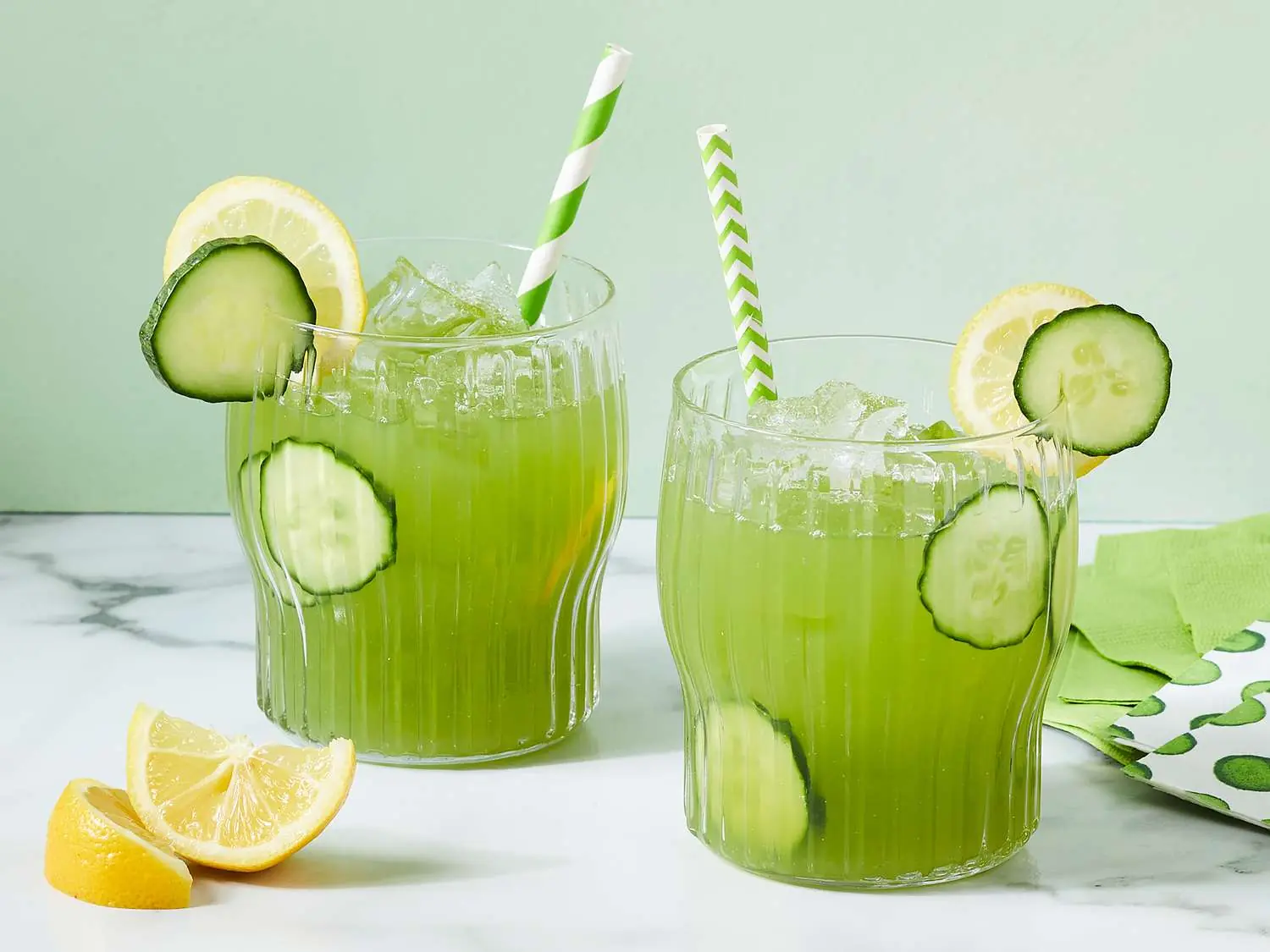
This Cucumber Lemonade Will Change the Way You Think About Summer Drinks

Our Rescue Dog Found an Unconscious Older Lady in the Woods – What We Learned About Her Changed Everything

5 Signs of Appendicitis You Should Not Ignore

What You Need to Know About Vitamins and Supplements for Heart Health

11 Grilled Corn Secrets Your Taste Buds — and Your Doctor — Don’t Want You to Ignore

Nothing ki:lls faster than your own mind. Don’t stress about things that are not under your control

5 Common Causes That Can Increase Your Risk of Liv.er Disease

4 Early Warning Signs of a Stroke That Occur 15 Minutes Before It Happens

Dentist-Approved: The Right Way to Eat Fruit to Prevent Cavities

3 Dinner Swaps That Keep You Full and Speed Up Fat Loss

Observe Your Nails to Detect Health Issues

5 Morning Habits That Silently Dam.age Your Kid.neys
